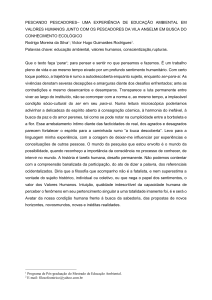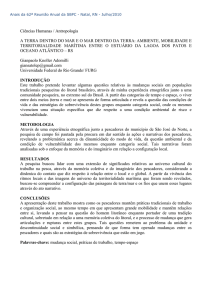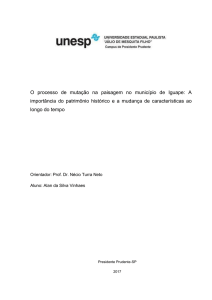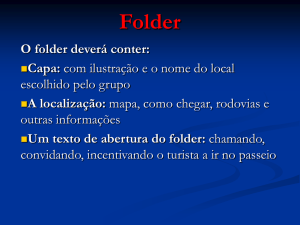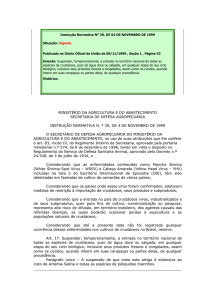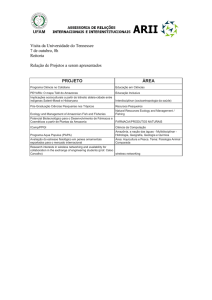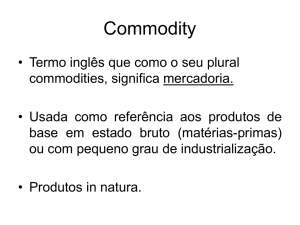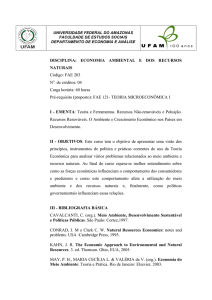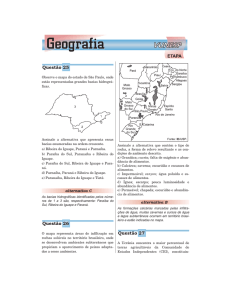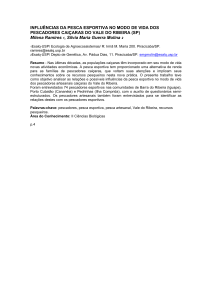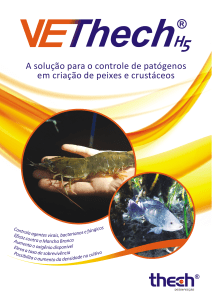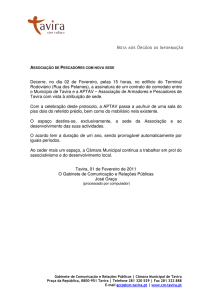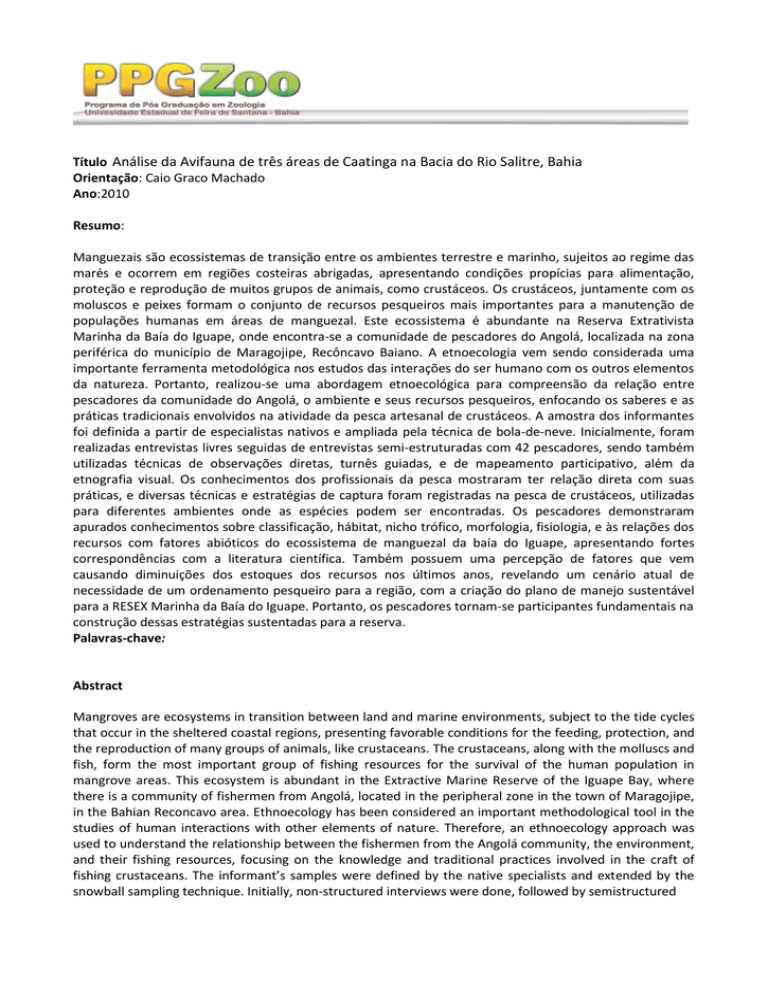
Título Análise da Avifauna de três áreas de Caatinga na Bacia do Rio Salitre, Bahia
Orientação: Caio Graco Machado
Ano:2010
Resumo:
Manguezais são ecossistemas de transição entre os ambientes terrestre e marinho, sujeitos ao regime das
marés e ocorrem em regiões costeiras abrigadas, apresentando condições propícias para alimentação,
proteção e reprodução de muitos grupos de animais, como crustáceos. Os crustáceos, juntamente com os
moluscos e peixes formam o conjunto de recursos pesqueiros mais importantes para a manutenção de
populações humanas em áreas de manguezal. Este ecossistema é abundante na Reserva Extrativista
Marinha da Baía do Iguape, onde encontra-se a comunidade de pescadores do Angolá, localizada na zona
periférica do município de Maragojipe, Recôncavo Baiano. A etnoecologia vem sendo considerada uma
importante ferramenta metodológica nos estudos das interações do ser humano com os outros elementos
da natureza. Portanto, realizou-se uma abordagem etnoecológica para compreensão da relação entre
pescadores da comunidade do Angolá, o ambiente e seus recursos pesqueiros, enfocando os saberes e as
práticas tradicionais envolvidos na atividade da pesca artesanal de crustáceos. A amostra dos informantes
foi definida a partir de especialistas nativos e ampliada pela técnica de bola-de-neve. Inicialmente, foram
realizadas entrevistas livres seguidas de entrevistas semi-estruturadas com 42 pescadores, sendo também
utilizadas técnicas de observações diretas, turnês guiadas, e de mapeamento participativo, além da
etnografia visual. Os conhecimentos dos profissionais da pesca mostraram ter relação direta com suas
práticas, e diversas técnicas e estratégias de captura foram registradas na pesca de crustáceos, utilizadas
para diferentes ambientes onde as espécies podem ser encontradas. Os pescadores demonstraram
apurados conhecimentos sobre classificação, hábitat, nicho trófico, morfologia, fisiologia, e às relações dos
recursos com fatores abióticos do ecossistema de manguezal da baía do Iguape, apresentando fortes
correspondências com a literatura científica. Também possuem uma percepção de fatores que vem
causando diminuições dos estoques dos recursos nos últimos anos, revelando um cenário atual de
necessidade de um ordenamento pesqueiro para a região, com a criação do plano de manejo sustentável
para a RESEX Marinha da Baía do Iguape. Portanto, os pescadores tornam-se participantes fundamentais na
construção dessas estratégias sustentadas para a reserva.
Palavras-chave:
Abstract
Mangroves are ecosystems in transition between land and marine environments, subject to the tide cycles
that occur in the sheltered coastal regions, presenting favorable conditions for the feeding, protection, and
the reproduction of many groups of animals, like crustaceans. The crustaceans, along with the molluscs and
fish, form the most important group of fishing resources for the survival of the human population in
mangrove areas. This ecosystem is abundant in the Extractive Marine Reserve of the Iguape Bay, where
there is a community of fishermen from Angolá, located in the peripheral zone in the town of Maragojipe,
in the Bahian Reconcavo area. Ethnoecology has been considered an important methodological tool in the
studies of human interactions with other elements of nature. Therefore, an ethnoecology approach was
used to understand the relationship between the fishermen from the Angolá community, the environment,
and their fishing resources, focusing on the knowledge and traditional practices involved in the craft of
fishing crustaceans. The informant’s samples were defined by the native specialists and extended by the
snowball sampling technique. Initially, non-structured interviews were done, followed by semistructured
interviews with 42 fishermen. Field observation was also used, as well as guided tours and participative
mapping, beyond the visual ethnography. The knowledge of the fishing professionals showed a direct
relationship to their practices, and diverse catching techniques and strategies were registered in the fishing
of crustaceans, used for different environments where the species can be found. The fishermen
demonstrated established knowledge of classification, habitat, trophic niche, morphology, physiology, and
the relationships of the resources with abiotic factors of the mangrove ecosystem in the Iguape bay,
presenting strong connections to scientific literature. The fishermen have perceived factors that have been
causing decreases in the stocks of resources in the last few years, revealing the necessity for the
organization and planning of fishing in the region, with the creation of a sustainable management plan for
the RESEX of the Iguape Bay. Therefore, the fishermen will become fundamental participants in the
construction of these sustainable strategies for the reserve
Key-words:

